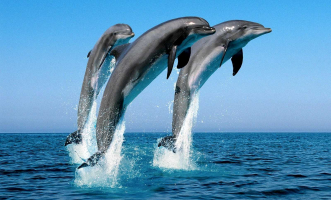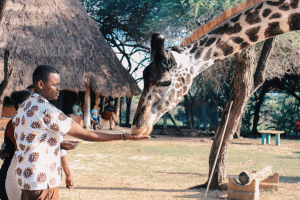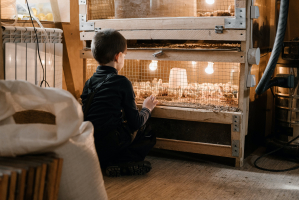Top 10 Remarkable Examples of Convergent Evolution
An amazing process is evolution. Any living thing, from tiny sponges to enormous whales, can demonstrate how the process of adaptation has benefited it over a ... read more...long period of time. Sometimes a survival strategy works, so effectively it becomes a defining trait of the whole family tree of that life type. Other times, they most likely fail horribly and disappear. But when evolution takes a second chance on something, that's when things get really interesting. One life form may develop a characteristic or adaption, and subsequently a completely unrelated or unrelated life form may independently evolve similar traits. And more frequently than you may imagine. Let's discover ten fascinating examples of convergent evolution in the following article.
-
The differences between dolphins and bats are as great as they can possible be. However, despite their striking differences, there is evidence that convergent evolution contributed to the development of both species' strikingly similar echolocation abilities.
Scientists have identified identical genetic markers in 200 genomic areas associated with echolocation in different bat species as well as dolphins. Only 10 to 30 genes in common were what the researchers were hoping to uncover. None of these genetic similarities were found in bats that didn't use echolocation, according to their research.
Particularly, prestin, a protein that influences how hearing functions, has undergone mutations in both dolphins and bats. It was unexpected that this mutation could happen in two quite different species and result in the same thing. This demonstrates that convergent evolution include genetic adaptation in addition to the surface-level physical adaptations.
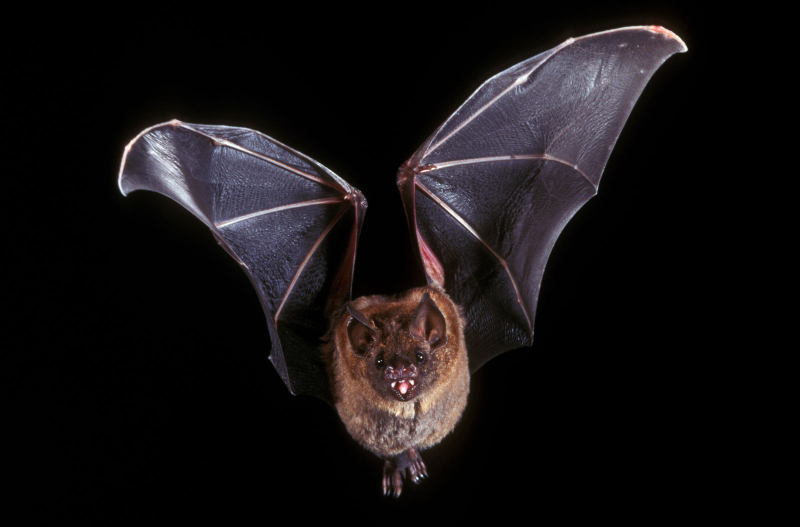
https://animalia-life.com/ 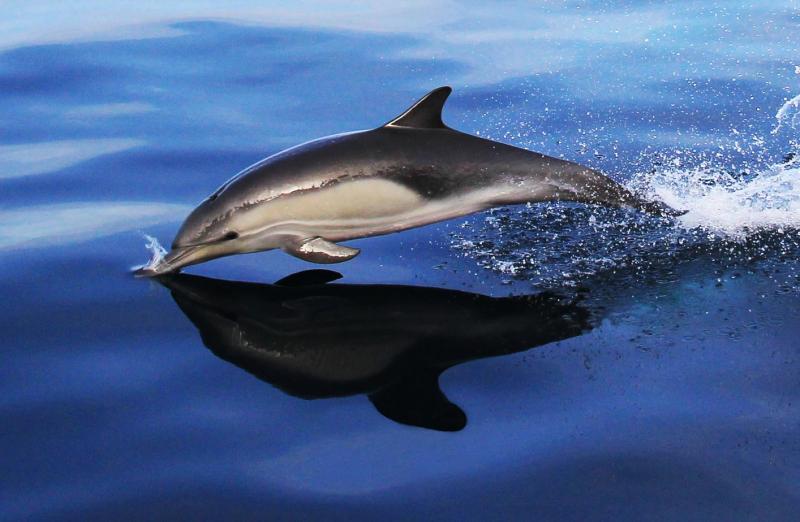
http://awesomeocean.com -
Even more famous than kangaroos due to their lovely appearance, koala bears are among Australia's most recognizable residents. Despite how adorable they are, koalas are actually two-foot-tall gray bears who live in trees, so you'd never mistake one for a person. In terms of marsupials, wombats, opossums, and, yes, kangaroos are the closest relatives to koalas. Their tiny marsupial fingers, however, contain fingerprints that are so similar to human fingerprints that even specialists may struggle to tell them apart at first glance in an instance of very unusual convergent evolution.
You would need to travel back around 100 million years, well before the T. Rex even walked the globe, to find a common ancestor between humans and koalas. But they have fingerprints that resemble human fingerprints and may perhaps function similarly. Koalas only consume specific types of eucalyptus leaves, thus it seems to reason that their tactile sense, as well as their fingerprints, play a significant role in selecting the best leaves. It appears that because they require a perfect grasp and sensitivity comparable to humans, their fingerprints have evolved similarly to ours.
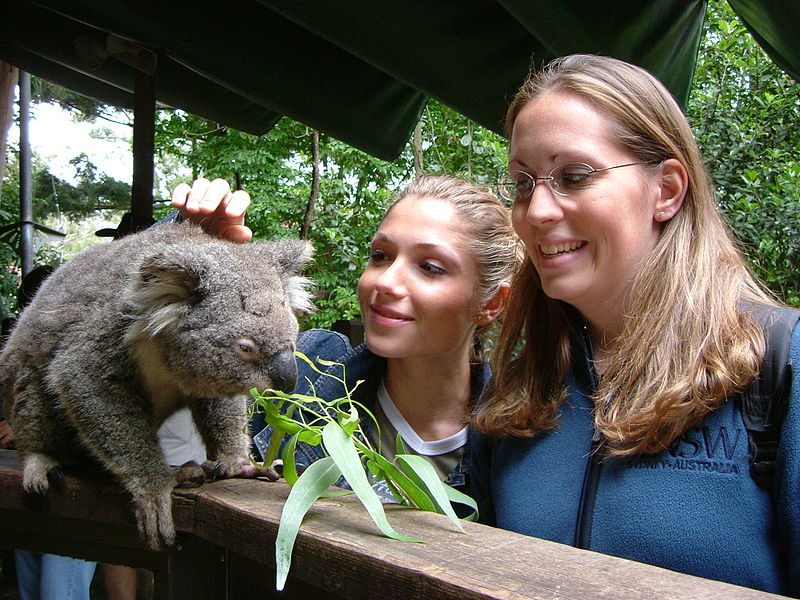
http://socialscienceexplorer.org 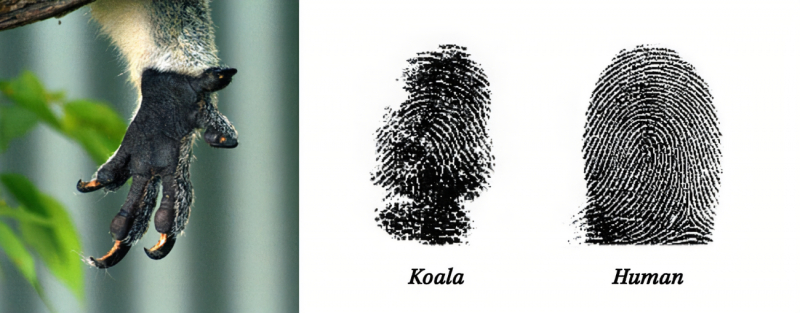
https://awesci.com/ -
Two of the most delightfully peculiar small creatures you'll discover among the trees are sugar gliders and flying squirrels. Both have long tails and large eyes, as well as huge skin flaps beneath their arms that enable them to glide from branch to branch. However, if you were unfamiliar with either species, you probably couldn't tell them apart based on a quick visual assessment.
Surprisingly, these parallels are only fleetingly present. Flying squirrels are not marsupials, although sugar gliders are, and they rear their young in pouches. There are just 6 species of sugar gliders, all of which are native to Australia, compared to 50 species of flying squirrel. Their similarities are an example of convergent evolution because, like the majority of marsupials, they developed independently of animals like flying squirrels. Contrary to popular belief, the flying squirrel is more closely linked to primates than to sugar gliders.
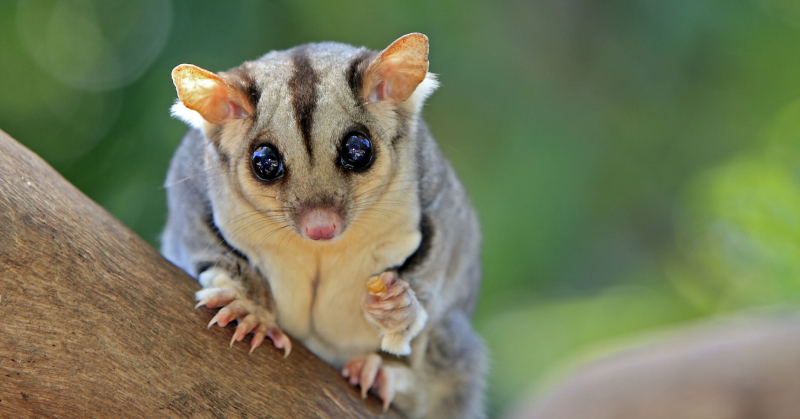
http://exoticpets.about.com 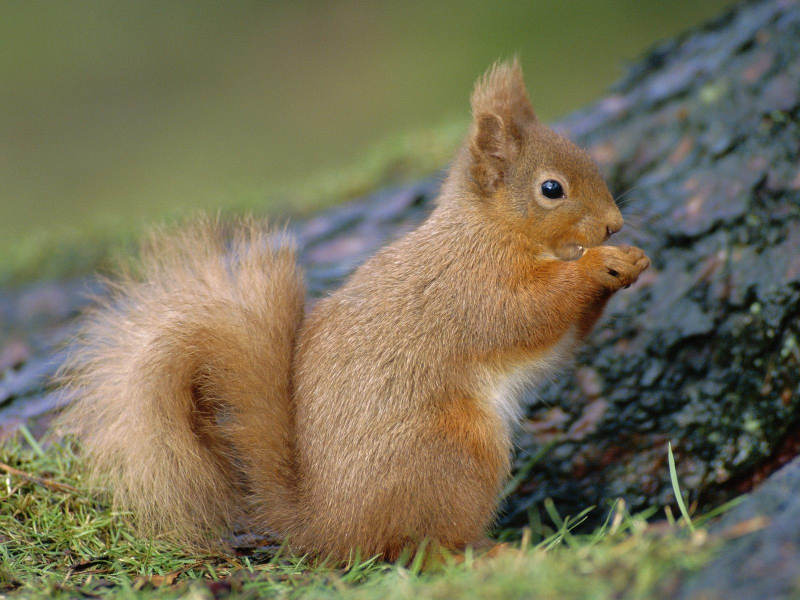
http://wild-life-animal.blogspot.com -
The water is full of strange, occasionally dangerous, creatures. The electric eel is among the most bizarre. They can produce up to 500 volts at one amp of electricity (other sources suggest 600 volts). This electric fish is not the only one, though. And other people with the same talent are unrelated to eels. In reality, at least six different species of electrified fish have undergone independent evolution. These creatures all employ the same genes; they just happened to do so at various times and locations around the planet.
While electric rays reside in the Atlantic ocean, eels are freshwater animals. They seem virtually the complete opposite of an eel, being wide and flat like all rays. However, they have relatively similar electricity generating capacities. Additionally, the notion that the varied electrical species shared a common ancestor makes sense is contradicted by the fact that most fish do not possess the capacity to create electricity. The ability developed individually and uniquely. It only repeated that action 12 times.
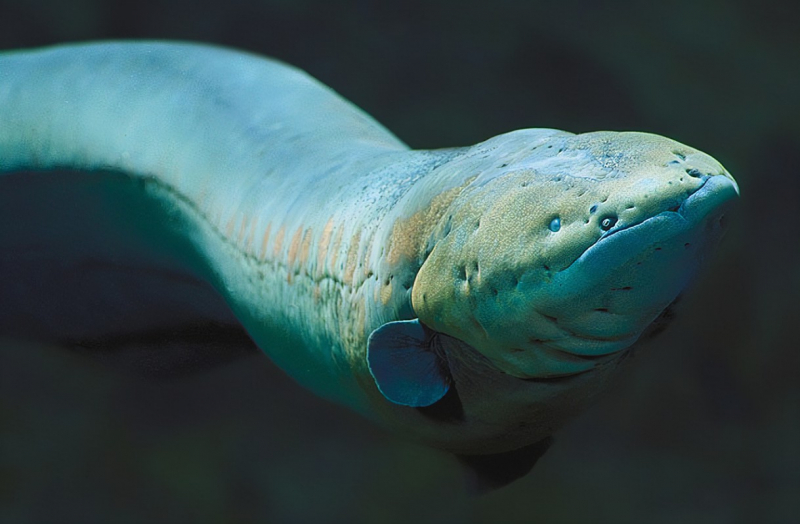
https://news.wisc.edu/ 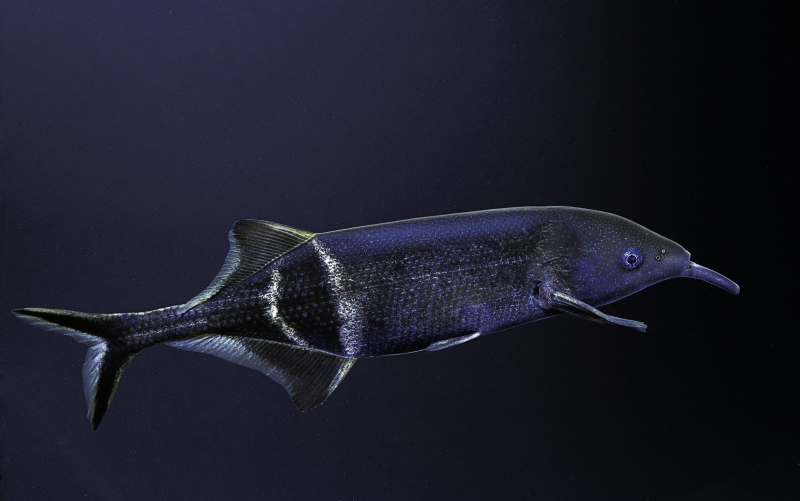
https://cosmosmagazine.com/ -
New World and Old World Vultures are Not Closely Related. Vultures are a group of 22 different bird species. A vulture is commonly recognized as a big bird that like to consume carrion and is typically bald. Because they spend so much time cleaning up toxic, bacterial-filled meat, they may appear a little disgusting by human standards. However, don't be too harsh on them because they offer a great service.
These 22 bird species can be further divided into Old World and New World groups, with Old World groups include vultures found in Europe, Africa, and Asia, and New World groups including those found in North and South America. Despite the striking genetic similarities between New World and Old World species, it is clear from these discrepancies that many of these birds underwent convergent evolution. Old World vultures, a group of raptors, appear to have descended from birds of prey. However, storks are the ancestors of New World vultures.
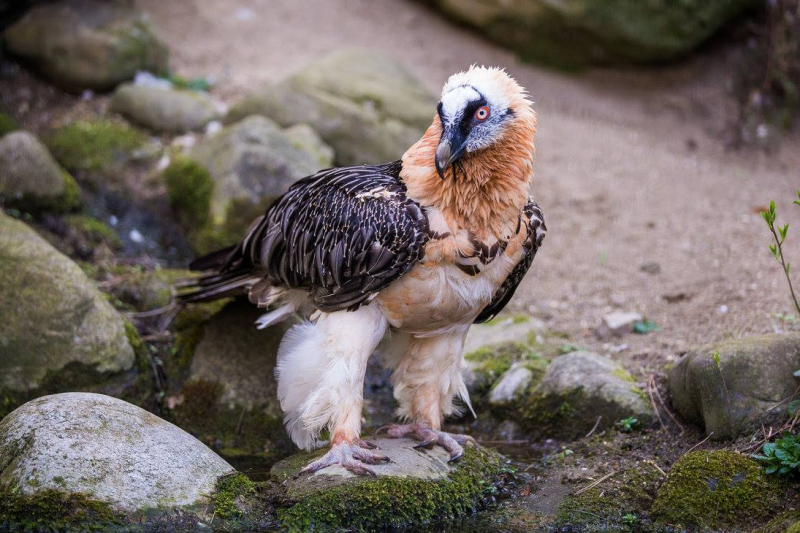
New World Vultures, https://www.worldatlas.com/ 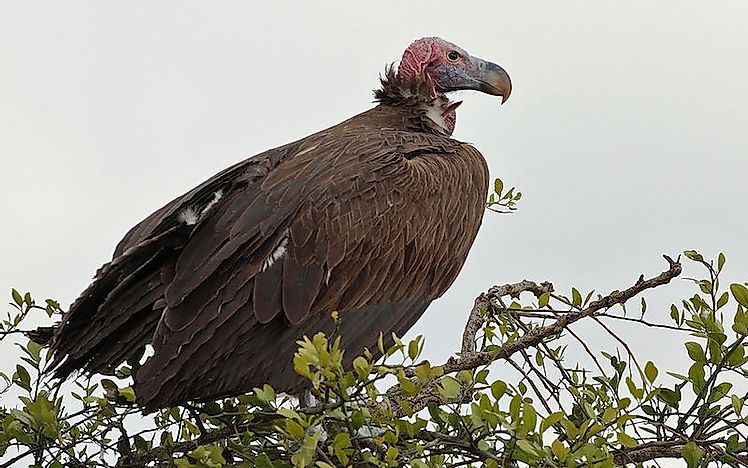
Old World Vultures, https://www.worldatlas.com/ -
Every year, it seems that fresh studies provide further evidence that octopuses are extraordinarily clever creatures, and that by neglecting this fact, humans are doing a great disservice to them. But octopuses as a species are extraordinary in almost every way; it's not only that their brains are special. Consider their eyes, for example. They clearly originated in a totally distinct manner and function quite similarly to human eyes. Similar characteristics are present in other cephalopods, such as squid. Even more amazing is the fact that both our eyes and their eyes are produced by the same genes.
The fundamental structure of the eyes in almost every creature is determined by a gene called Pax6. It predates evolutionary diversity because it is present in an enormous variety of animals. It has a history of more than 500 million years. Consider it as a control gene that determines how an eye is developed. This eye could come from a compound insect, a reptile, a bird, or another animal. But when it came to humans and cephalopods, it created what we refer to as a camera eye for each. A lense, an iris, a fluid-filled interior, and other components are present. Convergent evolution also enabled the development of the same fundamental structure in both over a period of 500 million years and two species, one on land and the other in the sea.

https://iris.ca/ 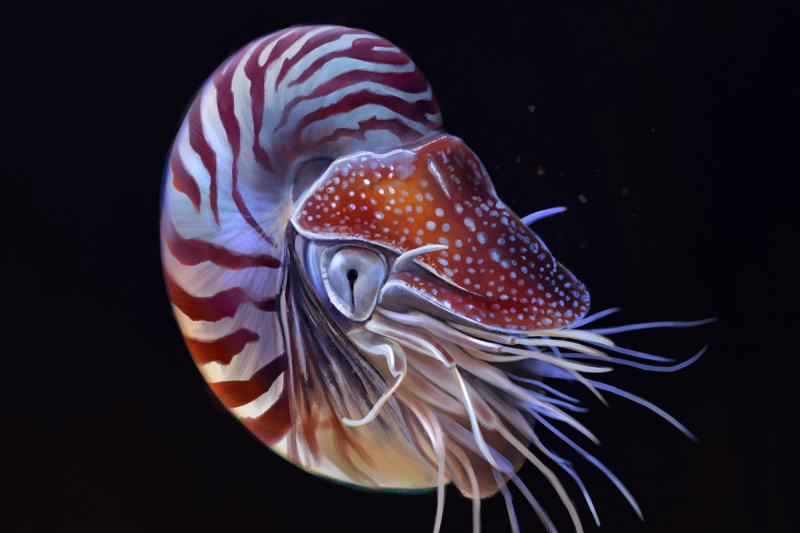
http://www.eartharchives.org -
Alfred Hitchcock was well aware that many people are afraid of birds. When scientists claim that dinosaurs evolved into birds and that every chicken is therefore a delectable Tyrannosaurus Rex, it doesn't really help.
Some birds are undoubtedly more threatening than others in the world of birds. Because of their claws and beaks, which can rip through flesh, birds of prey are inherently threatening.
The speed and ferocity of hawks, eagles, and falcons all seem to be on their side. The peculiarity in this situation is that falcons are distinct from the other two animals. Although it is simple to mistake a falcon for a hawk, this is only another instance of convergent evolution in action.Contrary to popular assumption, falcons are actually far more closely related to parrots than to eagles. It seems odd that the fastest animal in the world, the peregrine falcon, is more closely related to a parakeet than an eagle. Despite this, DNA analysis shows that the two birds have a far closer genetic relationship than other raptors do.
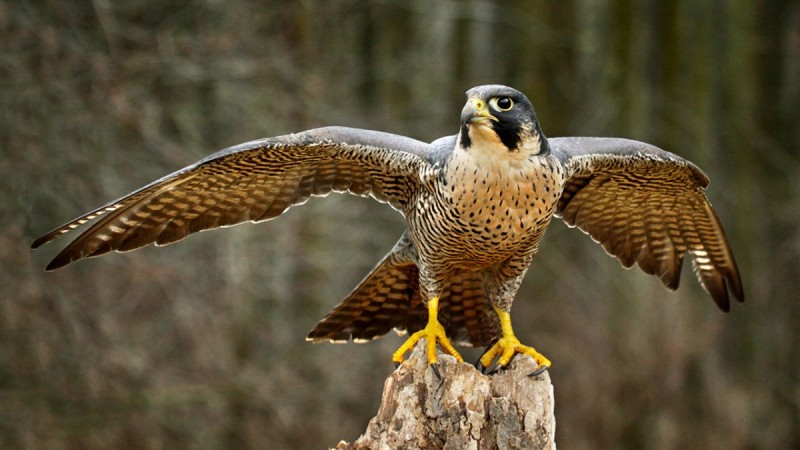
http://news.cornell.edu/ 
https://classichits947.com/ -
Why not? The internet adores a good sloth video. Many people think that the lives of sloths are ideal. They take things easy, unwind, eat, and sleep. That's kind of admirable. Additionally, there are two types of sloths available: the three-toed and the two-toed. While it is well known that both of these species are incredibly sluggish, inhabit trees, and hang upside down, it is also clear that they do not have many external similarities.
The two-toed sloth, which is linked to the enormous prehistoric sloths Megalonyx and Mylodon darwinii, is the shaggier of the two. Megatherium is more closely linked to three-toed sloths. Even though none of its giant predecessors lived in trees upside down, the two-toed sloth has evolved to do so, just like the three-toed sloth. Therefore, both species, which independently developed, have the trait of dwelling in trees. Scientists are unsure of the creature's identity and the time period when it may have existed, if the two species even had a common progenitor. If there was one, they can only assume that it was not loitering around in trees.
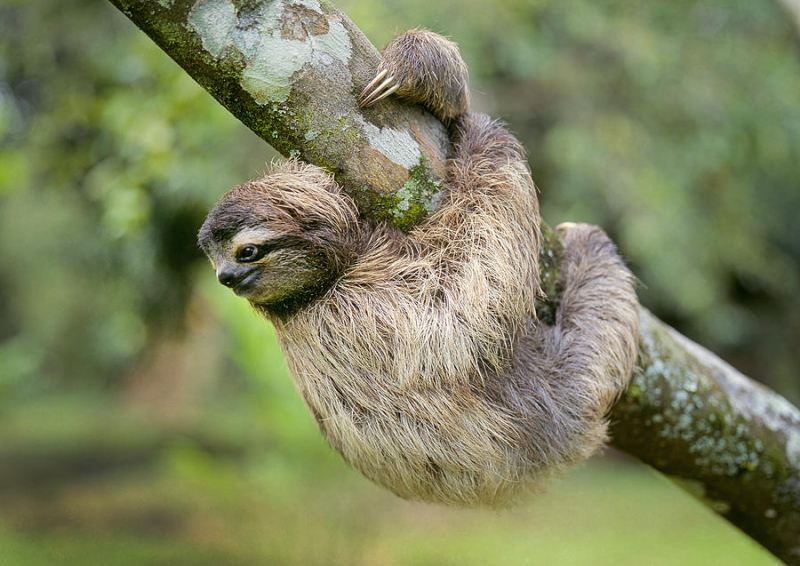
https://fineartamerica.com 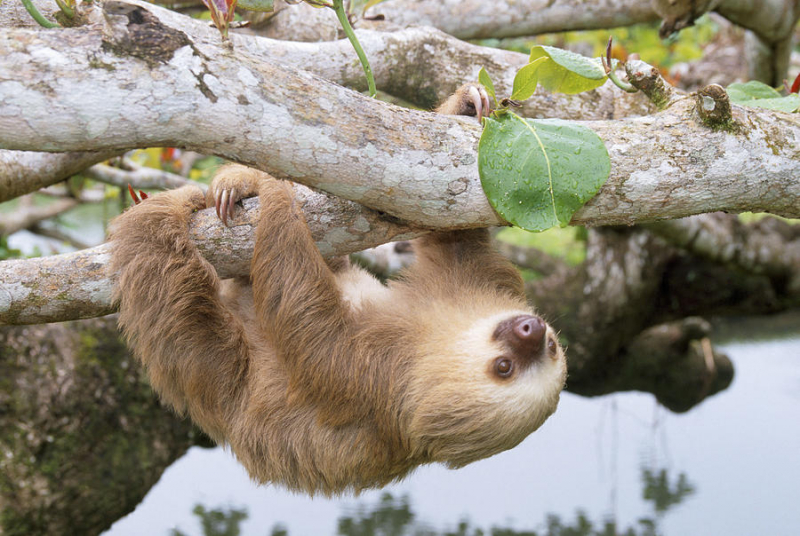
https://fineartamerica.com -
If for no other reason than the fact that they are carnivorous, pitcher plants frequently attract people more than the typical garden flower. It's unusual for a fixed life form to consume other living things. Or it would seem that way. However, this idea appears to be quite appealing to evolution. So much so that pitcher traps have multiplied at least six times completely independently of one another. These plants are from various families, including the Bromeliaceae family, which includes pineapples.
Three families contain the majority of the carnivorous plant lines that are unrelated. These plants should not be confused with a Venus flytrap, which utilizes a different method to capture prey. Instead, the evolution of a type of cup that holds a digesting fluid is what distinguishes pitcher plants. Insects or other food sources frequently fall into the cup because of its slick exterior, which most species independently evolved. Despite having vastly varied biological histories, many animals share astonishingly similar strategies for luring, retaining, and digesting prey.
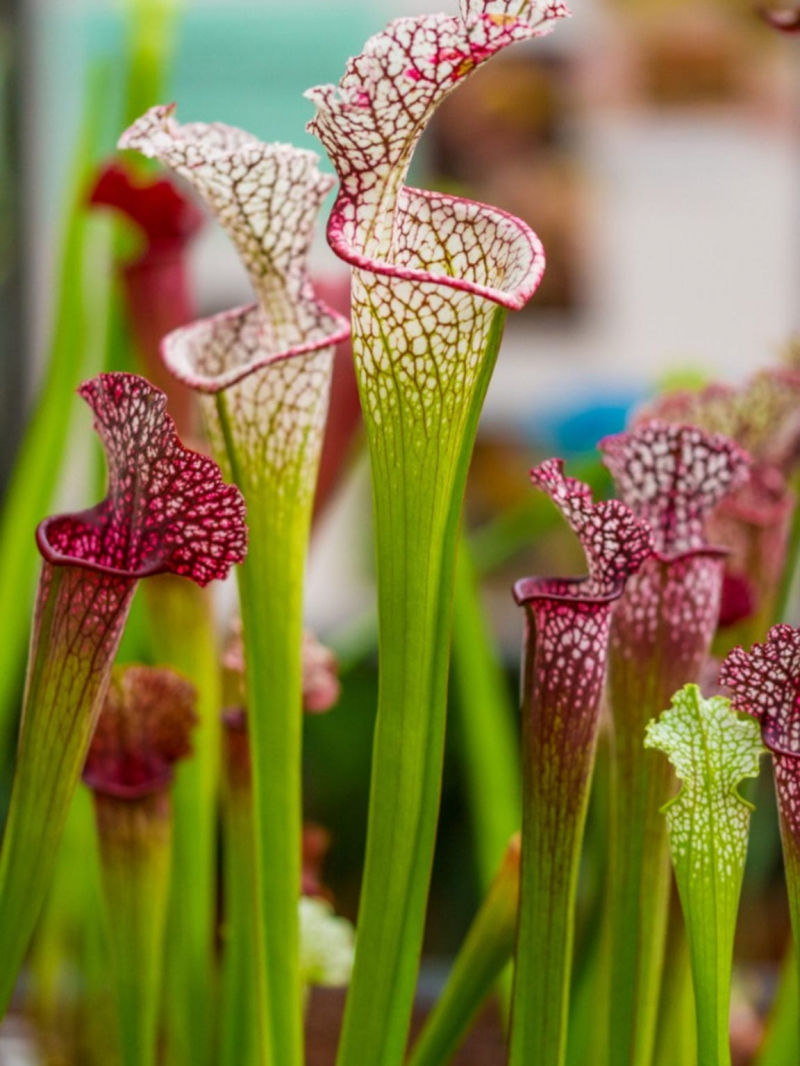
https://www.gardeningknowhow.com 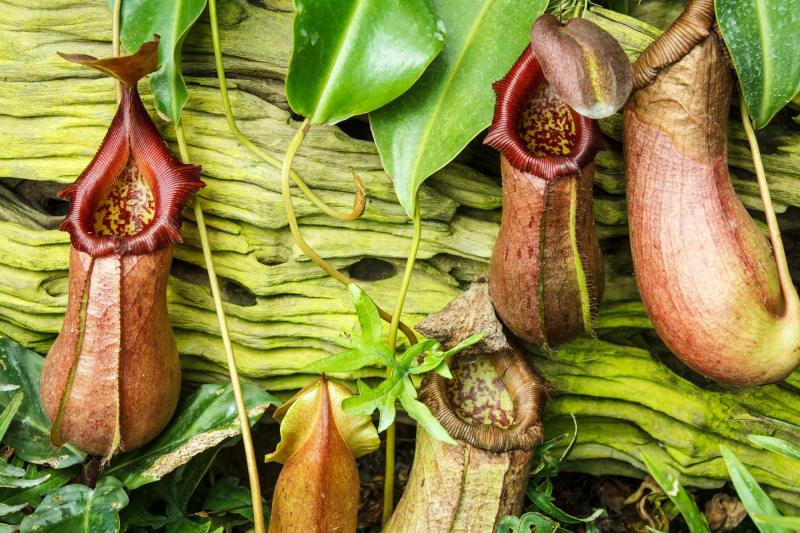
https://thedieline.com/ -
If you dislike multi-legged creeping life creatures that scurry around and have claws, science has some terrible news for you. Everything in nature aspires to be a crab. In fact, carcinization is a term used to describe how much nature wants things to resemble crabs. That is the ongoing process through which a creature that does not resemble a crab transforms into one.
The process does appear to influence organisms who began life in the general area that was "crab-like," so we need not worry that one day we will transform into crabs. Which means that initially non-crabbed shaped crustaceans, such as those that resemble lobsters or hermit crabs, do evolve into crabs.
Hermit crabs, which have a very flimsy exoskeleton and must use the shells of other marine life, had a pretty rapid development to become king crabs, which do have a solid skeleton. Other examples include "false" crabs such hairy stone crabs and porcelain crabs. However, their convergent development into crabs has occurred independently and is a very unique case.
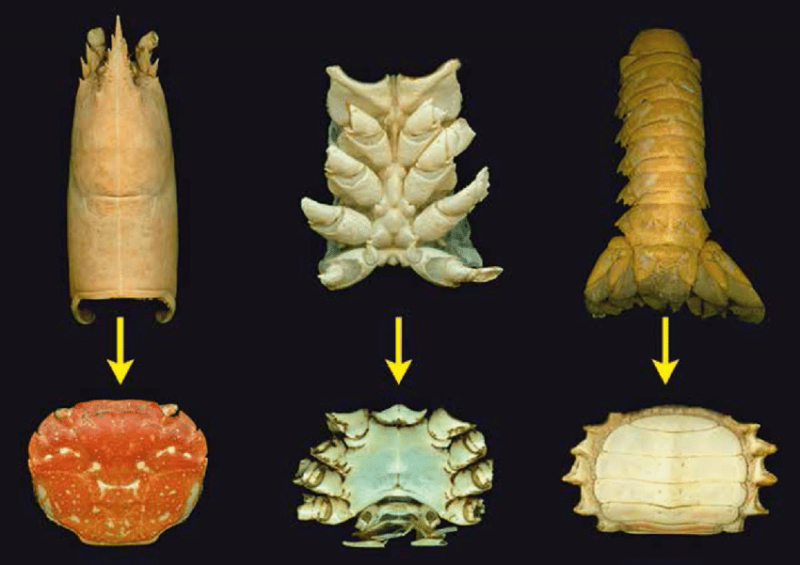
https://www.researchgate.net 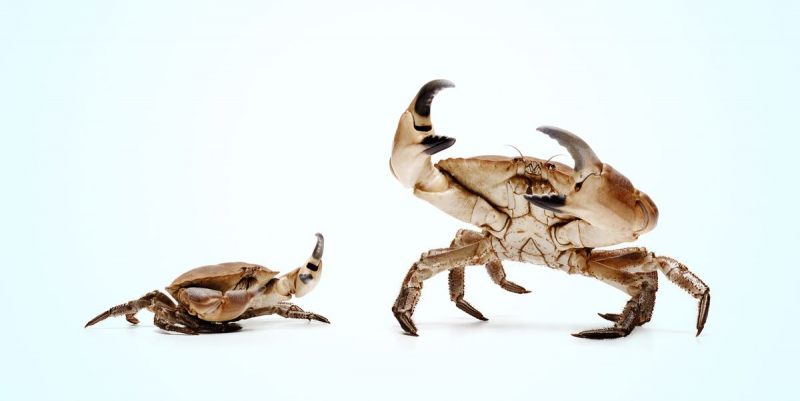
https://www.popularmechanics.com/












